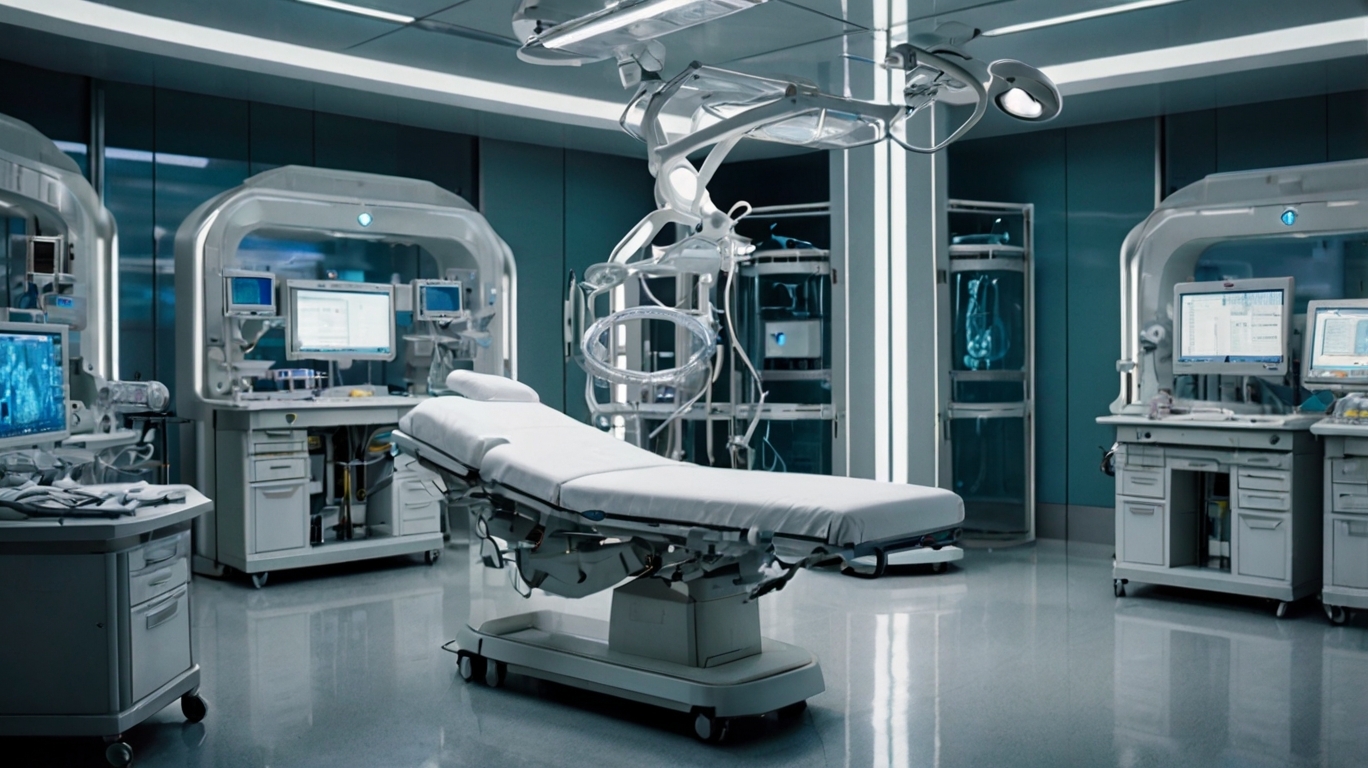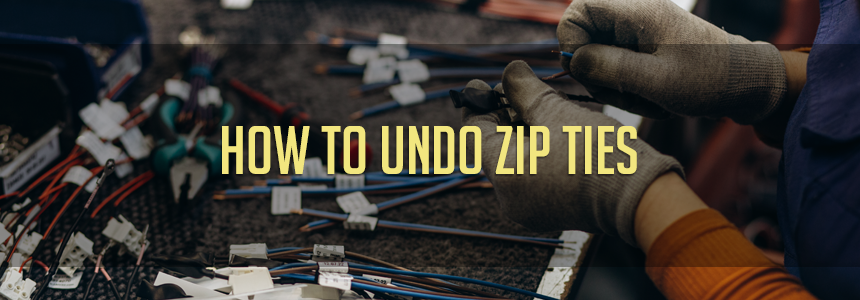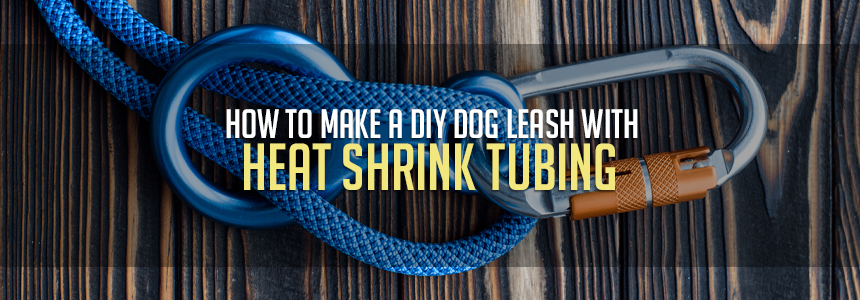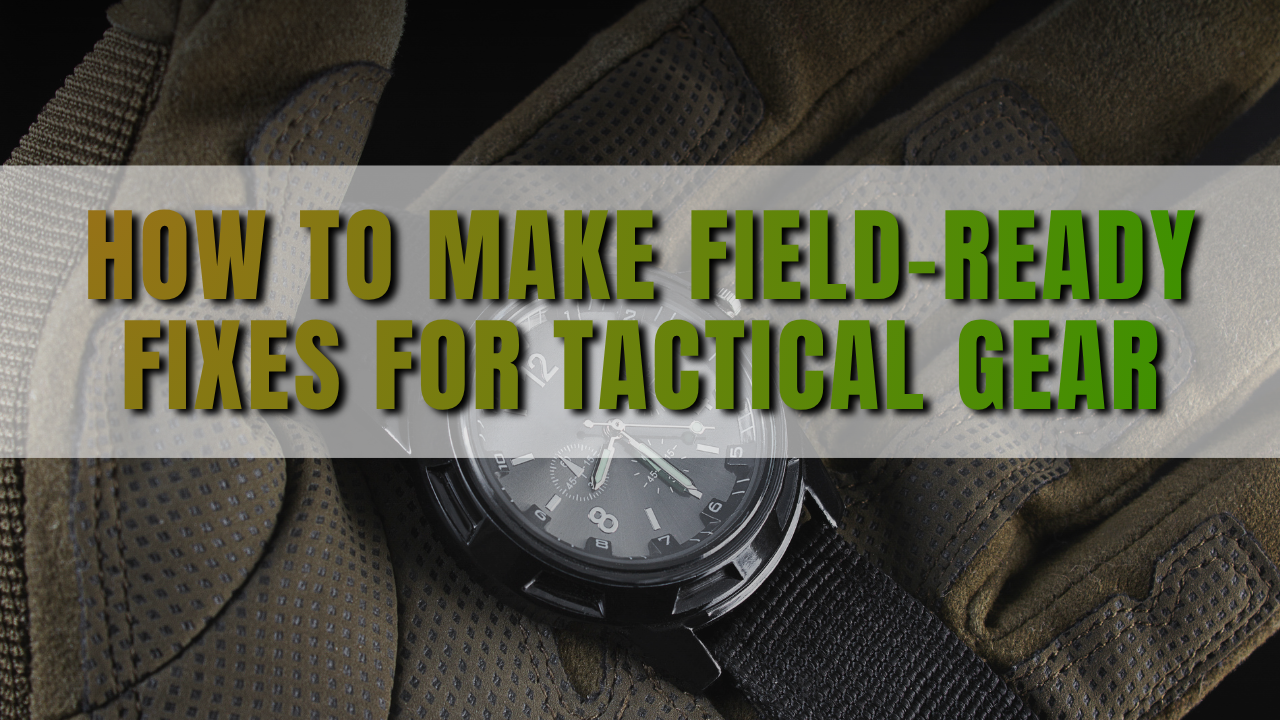
Incredible Medical Materials Guaranteed To Better The World
What are you made of?
Flesh and bones, grit, compassion, intelligence, blood, heredity, humor, heart? What you’re made of matters. What everyone and everything is made of matters.
From our humanness to our humanity, the materials inside us all matter.
Materials in the Medical Industry
For the medical industry, materials matter even more. Not all materials are created equally, so not everything is suitable for use in or near our bodies, and that’s exactly where we don’t just want or need to be using superior materials–we have to.
Our bodies are our sanctuaries, our safe places, and when we require medical attention we put all our trust (and all our bodies) in the hands of doctors, nurses, and truly extraordinary medical professionals. What’s in their hands matters tremendously when it comes to making and keeping us healthy, happy, and whole.
With the marvels of science, medical engineering, and innovative approaches and procedures–doctors and their tools, technology, equipment, and devices–bring us life-saving and life-altering solutions and hope for a healthier future. Starting with the materials used to make whatever it is your healthcare providers are picking up, putting in, or prepping with.
Achieving Sterility in Modern Medicine
Medical materials are carefully chosen, researched, studied, and formulated for sterility. (Check out the World Health Organization for a great, easy-to-read glossary of medical terms, abbreviations, and just how stringent medical facilities have to be when it comes to materials and their sterility.)
Medical devices have to be clean, clean, clean. Every material, every instrument, plays its own vital part in ensuring the highest quality of care and safety. Maintaining meticulous sterility in the medical field keeps patients safe and alive.
Methods For Achieving Sterility:
- Sterilization Techniques: Since all medical tools must be sterile, at all times, there are a few different ways medical professionals can achieve this. Most of them involve incredibly high-temperature methods of disinfection and prevention.
A popular one is steam sterilization (autoclaving), which uses high-pressure steam to kill germs. Another is gamma-ray stabilization, which uses high-energy radiation to penetrate and kill microorganisms on the surface of medical devices and tools.
Each sterilization technique is chosen based on the material that the healthcare facilities need to have cleaned. The sterilization method can’t interfere with the form or function of the device in any way–so the materials used have to be strong, resilient, and durable enough to withstand the sterilization process.
- Packaging: This is another easy, surefire way to keep equipment sterile. Primary packaging directly encloses the device, while secondary and tertiary packaging provide additional layers of protection during storage and transportation. Proper packaging ensures that sterility is preserved until the moment the device is used.
- Standards and Regulations: Compliance with regulations from organizations like the FDA and USP (United States Pharmacopeia) is essential to maintain the highest levels of sterility and patient safety. These standards are mandated to ensure all medical materials and methods used are as safe and effective as humanly possible.
- Environmental Controls: Clean rooms, like operating rooms, procedure rooms, and patient rooms are designed to minimize contamination and maintain sterility. These controlled environments use HEPA filters to remove airborne particles, bacteria, and viruses. Without them disease can spread, multiply, and infect patients or even their doctors, nurses, and family members.Strict protocols and regular monitoring ensure that hospitals and other medical facilities remain within standardized, required limits.
So what do all these different ways of sterilizing medical materials mean to you?
They mean that the best way to ensure sterility in medical devices is to make sure that you and medical professionals are using only the best materials.
Only The Absolute, Best Materials
At BuyHeatShrink.com, we understand how important materials are to the medical industry. That’s why we stock, sell, and supply only the safest, most sterilizable materials. Each and every material we use to make our products undergoes rigorous testing and meets stringent industry standards to guarantee its quality and reliability.
Our commitment to excellence means that healthcare professionals can trust our materials to perform consistently in critical medical applications. From surgical instruments to diagnostic equipment, our products are designed to support the highest levels of care and safety in all medical fields.
By choosing BuyHeatShrink.com, you’ll have access to the best materials available–materials that are not only extensively researched and proven to be effective and medically safe but are also reliable, durable, and highly, repeatedly sterilizable. You can trust our expertise to provide you and anyone in the medical industry with premium, top-of-the-line materials essential for keeping things sterile and for delivering you exceptional medical care.
Here's how.
PTFE For Heat Shrink Tubing and Teflon Lacing Tape
The first material worth bragging about is one of the most widely used materials in the world of modern medicine. It’s called PTFE, but you might know it better as Teflon.
This stuff is indispensable in the medical industry thanks to its outstanding properties. PTFE is chemically inert, which means it won’t react with bodily fluids or medications. It has low friction allowing it to move smoothly in and around medical devices without damaging surrounding tissues. It’s resistant to contamination, has high purity, and is incredibly flexible so it can be used in intricate shapes and delicate places with ease.
PTFE Heat Shrink Tubing helps keep medical devices sterile, durable, and effective. It can insulate, protect, and bundle equipment that needs electricity to run. It provides a barrier for endoscopic tools, protecting patients from contaminants and it easily withstands repeated sterilization cycles.
Teflon Lacing Tape helps secure wires and cables around medical equipment. Its non-reactive and non-stick properties prevent it from interfering with the functionality of medical devices and make it safe for patient contact. It works hard around big medical machines like MRI devices and smaller, more precise tools like surgical equipment, keeping everything bundled, orderly, sterile, and exactly where it belongs.
Why PTFE Heat Shrink Tubing and Teflon Lacing Tape Excel in the Medical Field:
- Chemical Resistance: Shields medical equipment from chemical exposure during sterilization processes.
- Heat Endurance: Withstands high sterilization temperatures without cracking, splitting, or breaking.
- Non-Adherent Surface: Keeps germs and other contaminants from sticking, ensuring easier cleaning and safer use.
- Long-Term Durability: Maintains the integrity of its properties and powers through repeated sterilization.
How PTFE Heat Shrink Tubing and Teflon Lacing Tape Ensure Sterility:
- Sterilization Methods: Shields medical equipment from chemical exposure during sterilization processes.
- Packaging: PTFE heat shrink tubing and Teflon lacing tape can be used to package and prep sterile medical tools to maintain purity and sanitation.
- Regulatory Standards: PTFE meets USP standards for quality and cleanliness.
- Environmental Controls: Materials with the highest LOI (limiting oxygen index) don’t add fuel to an existing fire and stop burning immediately when the ignition source is removed. PTFE has an LOI of 95%!
PTFE is one of the best, most durable, and most sterile materials around for making and keeping critical medical devices clean and performing reliably throughout their use.
FEP For Heat Shrink Tubing
The next material to spotlight is FEP, which is an incredible asset to the medical field.
FEP has outstanding qualities that make it a popular choice for sterile medical devices. Its high chemical resistance allows it to withstand exposure to gamma rays, steam, and high-heat methods of sterilization. It doesn’t degrade or break down no matter how many times it is high heat or high pressure cleaned and reused.
FEP Heat Shrink Tubing has superb insulation properties so it’s commonly used to protect the electrical components of high-powered medical machines that need to be plugged in to work. FEP heat shrink acts as a protective barrier around laparoscopic electrosurgical instruments. Its high flexibility and intense strength make it resilient against cracking, so it’s a great protector for medical tubing like catheters and fluid lines.
Why FEP Heat Shrink Tubing Excels in the Medical Field:
- Chemical Resistance: FEP tubing protects medical devices from exposure to various chemicals, cleaning agents, and bodily fluids.
- Heat Tolerance: It can withstand extremely high temperatures required for sterilization without losing the properties that make it amazing.
- Durability: FEP performs beautifully before, during, and after multiple, rigorous sterilization and use cycles.
- Electrical Insulation: FEP heat shrink also provides intensely reliable insulation for medical devices with electrical components, which is a lot of them!
How FEP Heat Shrink Tubing Ensures Sterility:
- Sterilization Methods: FEP heat shrink is easy and safe for hospitals to clean with steam or gamma rays.
- Packaging: FEP heat shrink tubing can be packaged in plastic bags by request to ensure sterility during transportation.
- Regulatory Standards: As a material, FEP complies with USP standards for high quality and extreme safety.
- Environmental Controls:FEP is a highly fire-resistant material, enhancing safety in medical environments.
FEP is a material worth bragging about in the medical industry as it guarantees essential medical devices stay clean, flexible, dependable, and sterile.
Stainless Steel Braided Sleeving
Another remarkable material in the medical field is stainless steel. Stainless steel is incredible! This material is on its own level for resilience, endurance, and toughness. It is world and medically renowned for its extreme strength and superb protective qualities.
304 Stainless Steel Braided Sleeving is used to protect cables, wires, and hoses in medical equipment. Its robust construction ensures that internal components and critical parts are shielded from mechanical damage, cuts, bumps, movement, and any outside environmental factors or forces.
The strength and properties of stainless steel as a material also shield against EMI (Electromagnetic Interference) and RFI (Radio Frequency Interference). Hospitals and other healthcare facilities are full of electronic devices, constantly working to monitor patients' health and keep them alive. The more electronic devices that are around in an environment, the more likely it is that their radio and electromagnetic signals are to accidentally interact, interfere, or disrupt each other. This makes stainless steel braided sleeving particularly valuable for maintaining signal integrity in healthcare facilities and preventing harmful interference.
In the medical field, stainless steel braided sleeving is also used in surgical robots, medical imaging equipment, and high-performance diagnostic machines. It provides a protective, impenetrable barrier that helps each device function optimally and safely.
Why Stainless Steel Braided Sleeving Excels in the Medical Field:
- Mechanical Protection: Stainless steel guards medical equipment from mechanical damage, impacts, and wear and tear.
- Thermal and Corrosion Resistance: Steel braided sleeving always holds up against exposure to high-heat cleaning cycles and contaminants.
- Electrical Shielding: Stainless steel is the best protection against electromagnetic and radio frequency interference.
- Antimicrobial Properties: Stainless steel sleeving also inhibits the growth of bacteria and other microorganisms, keeping tools, staff, and patients hygienic and healthy.
How Stainless Steel Braided Sleeving Ensures Cleanliness:
- Sterilization Methods: Stainless steel is easy to sterilize with heat, steam, or gamma rays while retaining the intensity of its strength.
- Packaging: We ship stainless steel braided sleeving in spools, which are more sterile because they minimize handling and reduce contamination risk.
- Regulatory Standards:Stainless steel braided sleeving complies with all USP standards for quality and safety.
- Environmental Controls: Stainless steel is so heat-safe that it resists melting or burning even at high temperatures, providing superior fire resistance in medical environments.
Plenum Spaces and High-Temperature Cable Ties: Halar, Tefzel, and PEEK
Plenum spaces are the areas in inhabited buildings, ones with people in them, used for air circulation within heating, ventilation, and air-conditioning (HVAC) systems. Materials used in these spaces must possess low smoke and flame characteristics for the highest safety. In the medical world (and in medical buildings), this is especially important for maintaining the strictest, safest environmental controls.
Halar, Tefzel, and PEEK Cable Ties are specifically designed to meet these stringent requirements. These high-temperature cable ties are not only flame retardant, but also produce minimal smoke when exposed to heat, making them a legally approved material for use in plenum spaces within medical facilities. Choosing this type of cable tie helps keep the air that is circulated and breathed in healthcare facilities clean and helps prevent the spread of airborne diseases.
How Plenum and High-Temperature Cable Ties Excel in the Medical Field:
- Flame Retardancy: Plenum and high-temperature cable ties don’t add fuel to a fire so they prevent flame spread and ensure HVAC safety.
- Low Smoke Production: If there is a fire, plenum-rated cable ties help maintain air quality and visibility keeping patients and the air they breathe safe and clean.
- Ease of Installation: These user-friendly cables are quick and simple to install, organize, and secure cables in plenum-rated applications.
- Longevity: Plenum cable ties last for years and their reliability increases the lifespans of wires and components installed in plenum spaces.
How Plenum and High-Temperature Cable TiesEnsure Sterility:
- Sterilization Methods:High-temperature and plenum cable ties can be effectively cleaned and sterilized using steam or chemical methods.
- Packaging: They are cleanly packaged to minimize handling and reduce contamination.
- Regulatory Standards: Plenum-rated cable ties conform to all government, legal, and safety regulations, making them perfect and almost always required in hospitals and healthcare.
- Environmental Controls: With their high-temperature and fire-resistant properties, only plenum cable ties help ensure air quality in everyday use or if a disaster strikes. Plus, they help keep circulating air clean and free from pathogens.
From patient rooms to operating rooms to waiting rooms and everywhere in between, medical facilities rely on high temperature and plenum-rated cable ties to work hard and high above your head, hidden away, and always keeping the air you breathe safe.
Sterile Medical Materials That Matter
In the medical industry, materials matter more than maybe anywhere else in our world. Sterile medical materials literally make up the tools, machines, and all the beeping, monitoring, imaging, and life-saving devices used by healthcare providers every day.
No matter what you’re made of, our bodies are supposed to be our safe places, but when they aren’t, we trust our lives and our bodies to the hands of doctors, nurses, and medical professionals. What is in their hands makes all the difference.
From stainless steel to plenum-rated cable ties and PTFE to FEP, these are the materials that medical professionals all over the world trust in their hands to always get the job done and always be sterile.
Make your way toBuyHeatShrink.com today, where our materials and our customers always matter.
Incredible Medical Materials Guaranteed To Better The World














